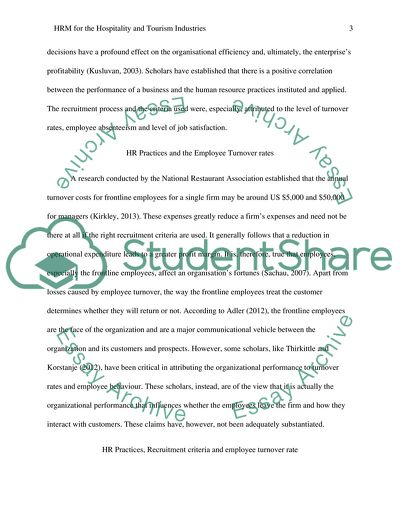Cite this document
(Human Resources Management for the Hospitality and Tourism Industries Literature review, n.d.)
Human Resources Management for the Hospitality and Tourism Industries Literature review. https://studentshare.org/tourism/1818702-literature-review-human-resources-management-for-the-hospitality-and-tourism-industries
Human Resources Management for the Hospitality and Tourism Industries Literature review. https://studentshare.org/tourism/1818702-literature-review-human-resources-management-for-the-hospitality-and-tourism-industries
(Human Resources Management for the Hospitality and Tourism Industries Literature Review)
Human Resources Management for the Hospitality and Tourism Industries Literature Review. https://studentshare.org/tourism/1818702-literature-review-human-resources-management-for-the-hospitality-and-tourism-industries.
Human Resources Management for the Hospitality and Tourism Industries Literature Review. https://studentshare.org/tourism/1818702-literature-review-human-resources-management-for-the-hospitality-and-tourism-industries.
“Human Resources Management for the Hospitality and Tourism Industries Literature Review”. https://studentshare.org/tourism/1818702-literature-review-human-resources-management-for-the-hospitality-and-tourism-industries.


